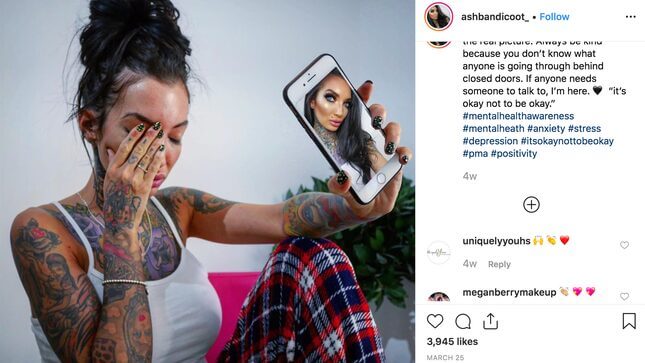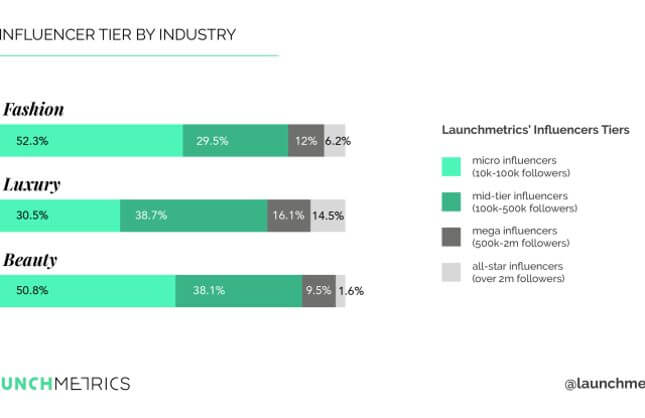It's Only A Matter of Time Before Everyone Is An Influencer
Latest

The influencer is dead, but—worry not—the Olivia Jades of the world have spawned a smaller cousin: Welcome to the era of the micro-influencer.
Influencers with relatively small followings (where “small” is 10,000 to just below 100,000 followers) have a trend for a while now, drawing advertisers for a “tight-knit audience that trusts their taste,” according to the Verge. But small-scale influencers, or micro-influencers, are quickly becoming the norm: In 2018, Wired reported that more and more businesses were shying away from million-plus follower handles in exchange for “niche internet personalities” with “intimate, engaged communities.”
As the division between influencer and normal-Instagrammer becomes fewer and fewer number of followers—and less and less money—the already ill-defined Instagrammer industry is bound to get blurry. Let this dystopic thought sink in: it’s only a matter of time before everyone is an influencer.
-

-

-

-

-

-

-

-

-

-

-

-

-

-

-

-

-

-

-

-

-

-

-

-

-

-

-

-

-

-

-

-

-

-

-

-

-

-

-

-









































